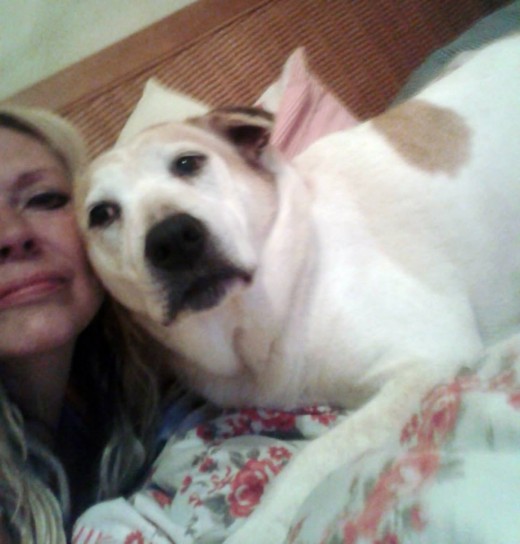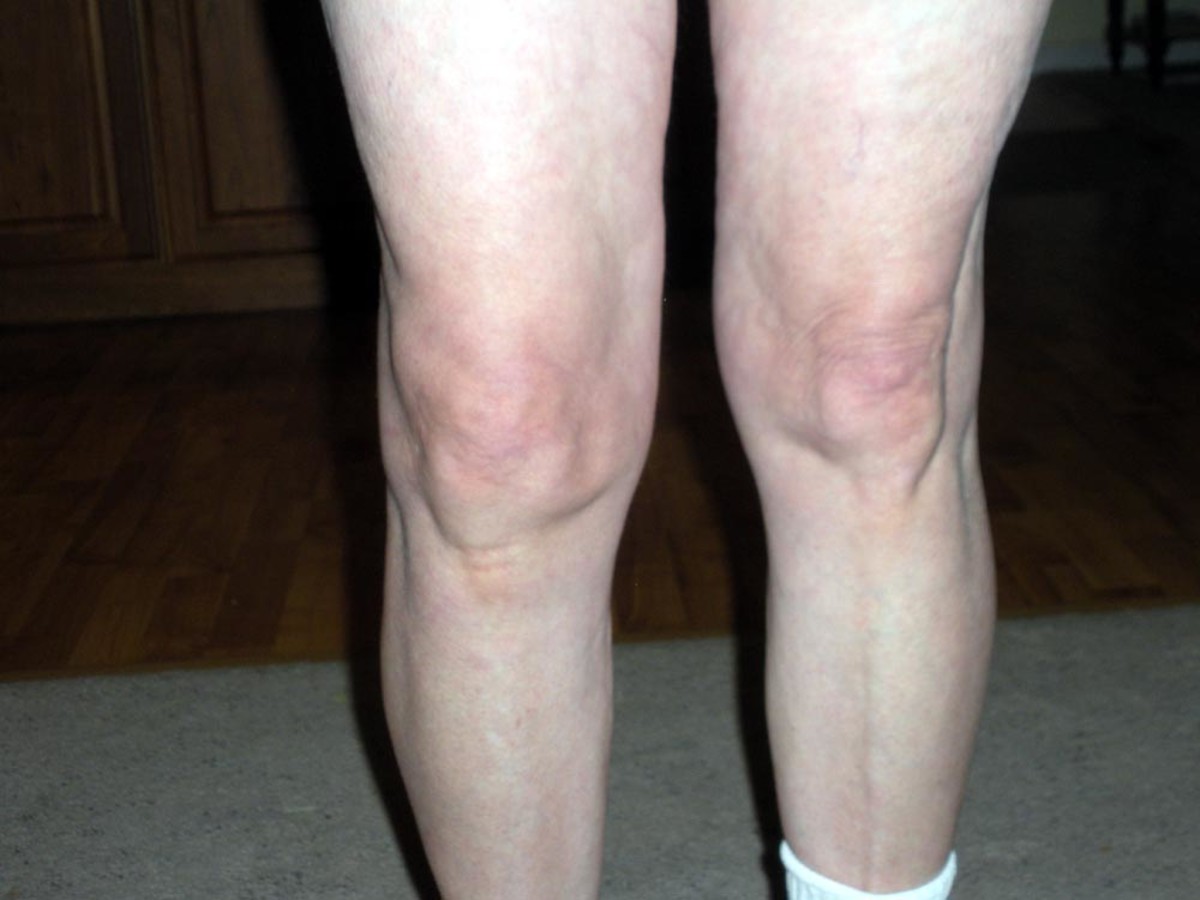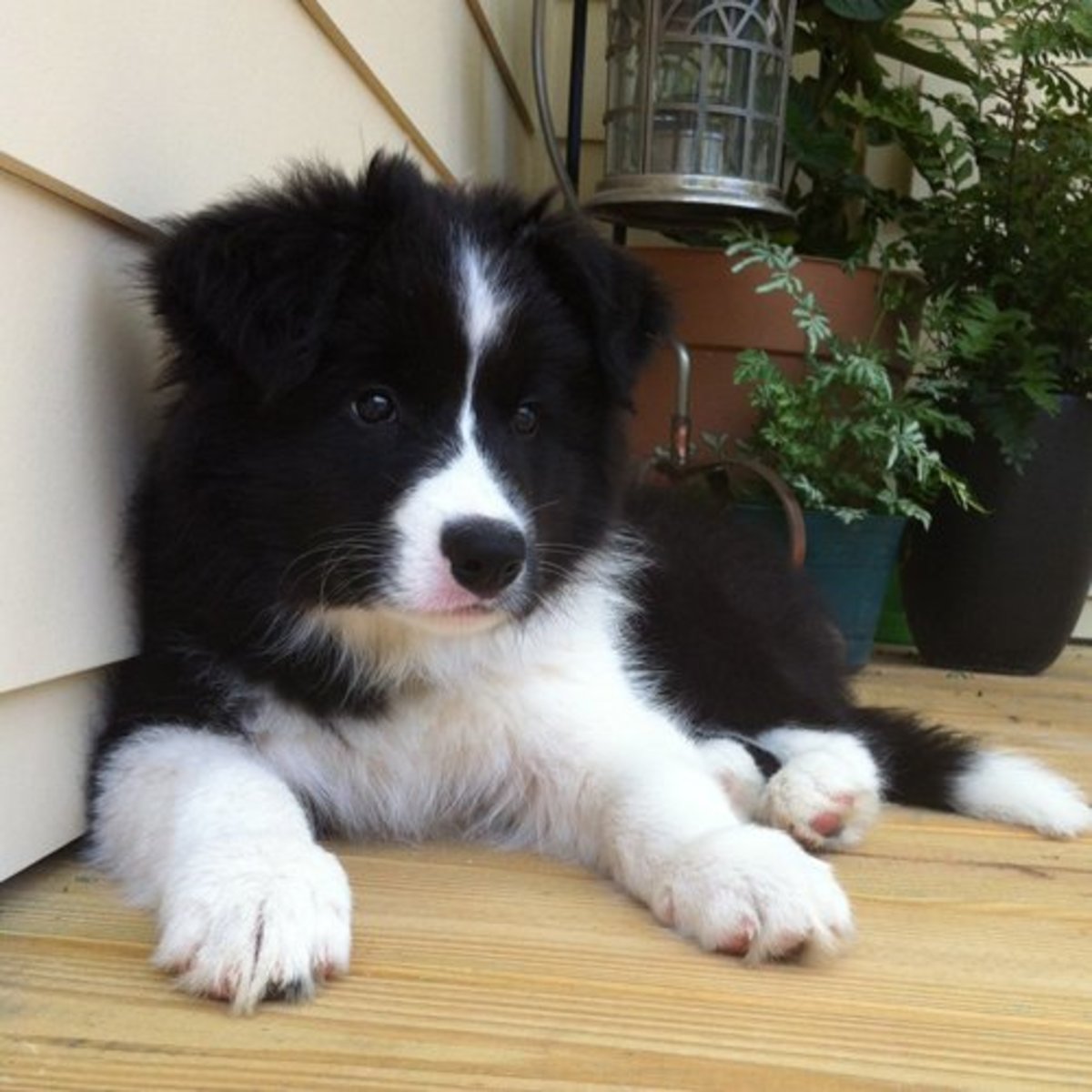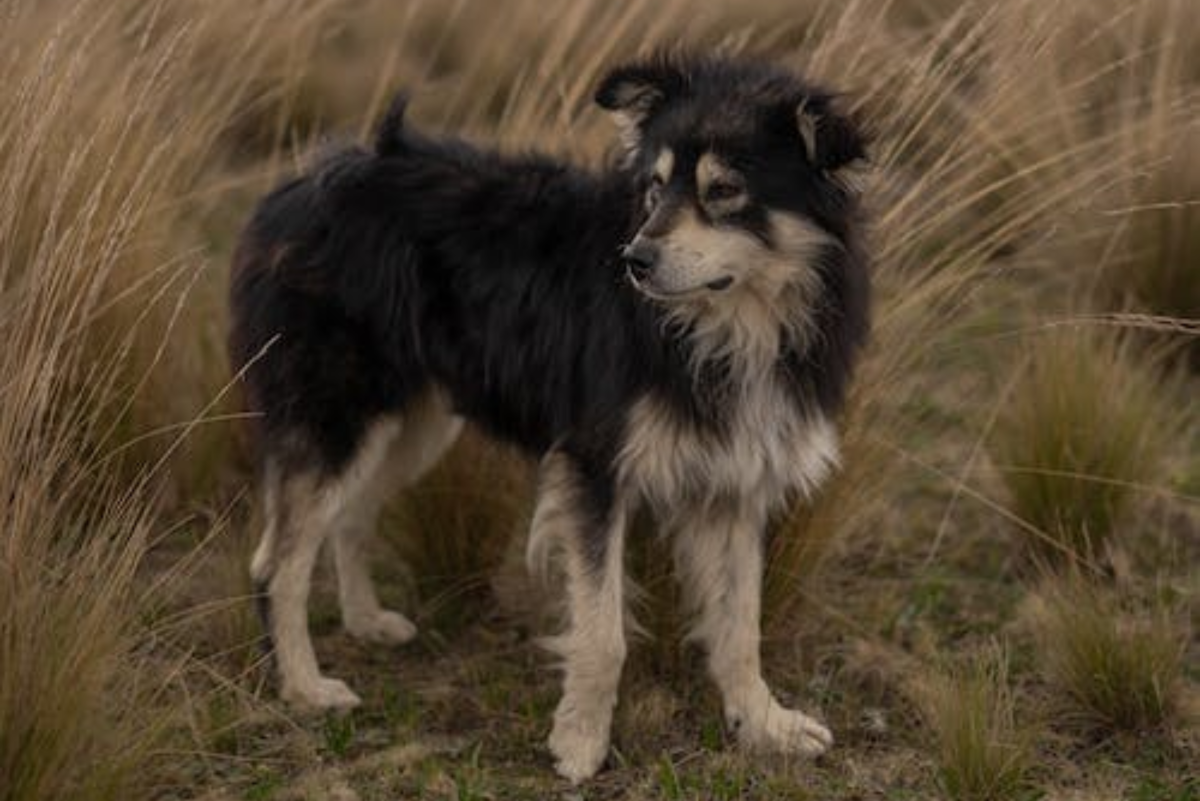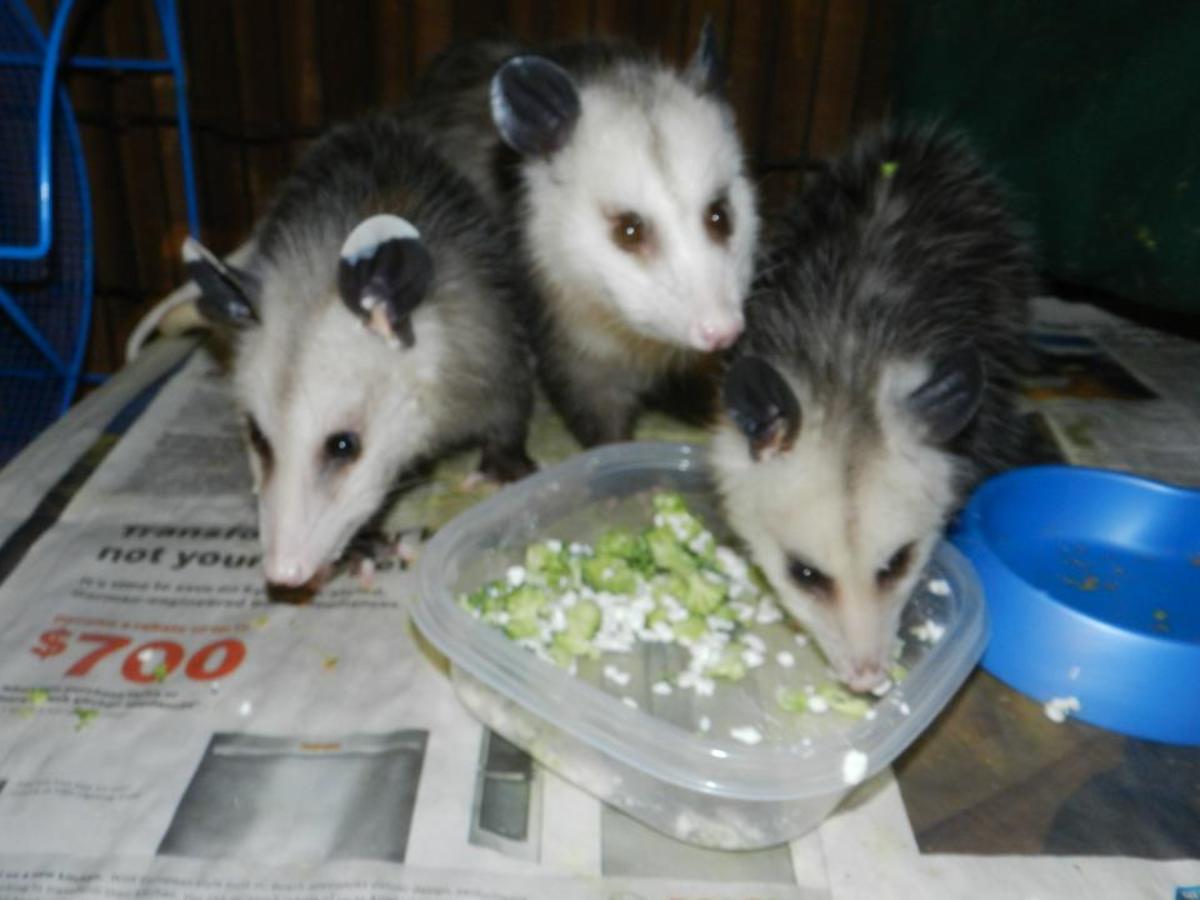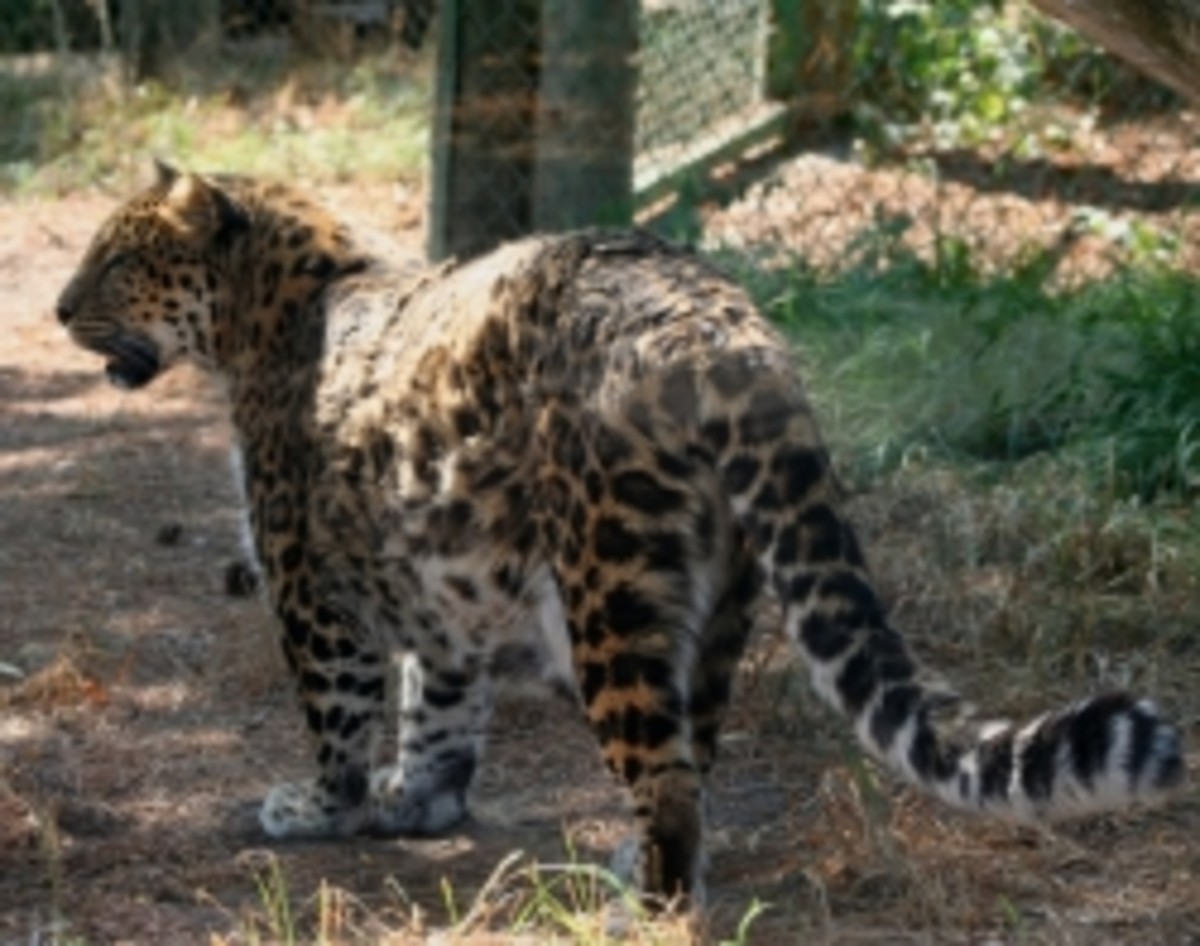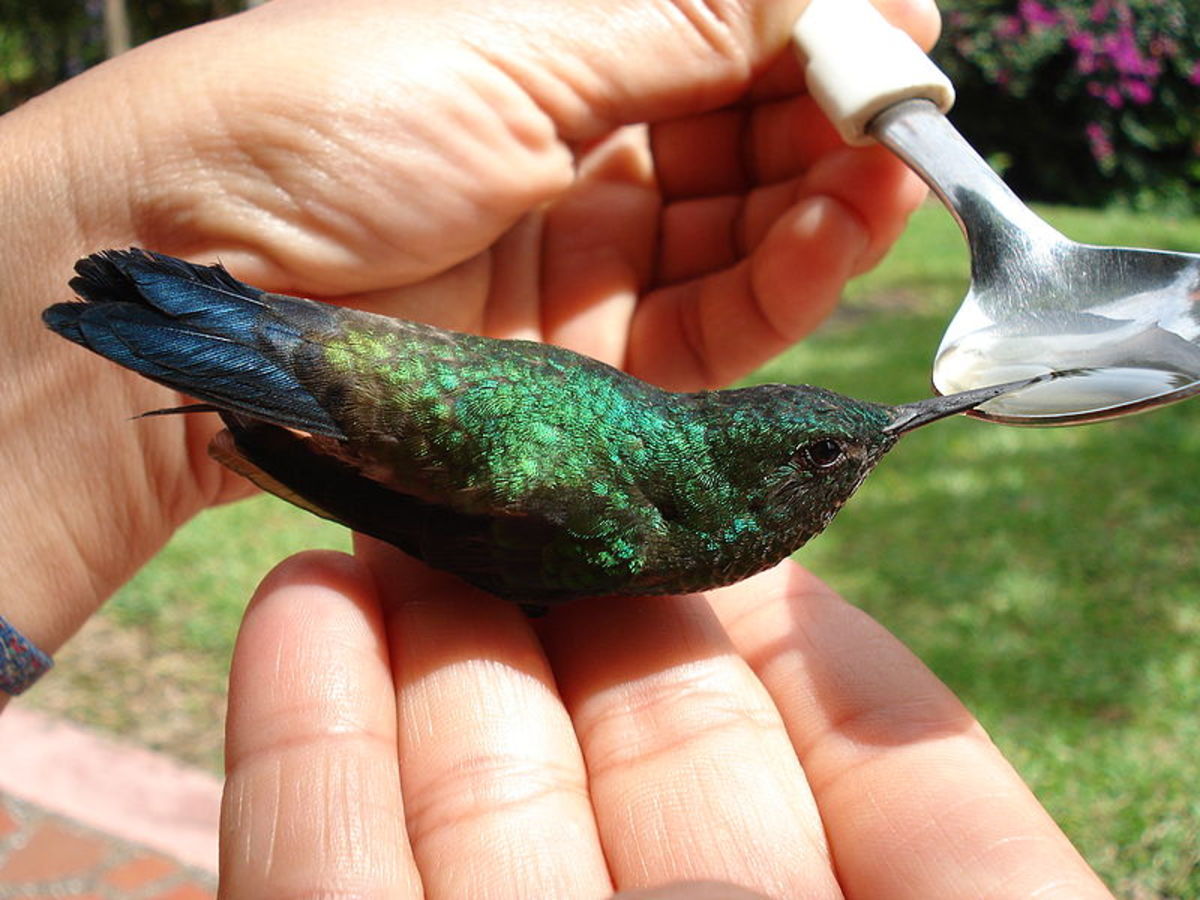Surgery and Aftercare for a Dog with a Ruptured Cruciate Ligament

A slight limp gave no cause for concern at first
I have been so lucky with Squeaker, my eight-year-old dog, as she has rarely been ill in her life.
The only time she has been to the vet's has been for routine appointments, such as having her spayed and having her inoculations.
A medium-size crossbreed, she is not particularly active, although enjoys her walks, as all dogs do. But when at home, she likes nothing better than to lounge around in front of the fire and having her back scratched.
I noticed, one day, that she had a slight limp. When she stood up, after having a nap in the kitchen, I spotted that she was treading carefully on her back left leg.
She had been for a walk earlier and then had a boisterous playtime with my other dogs, but nothing untoward had happened and she had laid down for a sleep afterwards, seemingly okay.
I wasn't too worried at first about her limp and I checked her paw, in case she had stood on something sharp, but there was nothing to be seen.
However, over the next couple of days, the limp did not clear up and appeared to get worse.
Squeaker, Millie and Roy playing - I noticed Squeaker's limp was worse after I had filmed this video.
A visit to the vet's was arranged
I decided Squeaker must go to the vet's. I wondered if she had arthritis. Even though she wasn't really old, I thought she may be suffering from aching joints.
However, the vet knew right away, following an examination of Squeaker's leg, that she had suffered an injury. By this time, she would very rarely put any weight on her leg at all, even though it was only a few days after she had first developed a slight limp.
He said he suspected she had ruptured her cruciate ligament, although he would not know for certain until he had carried out an X-ray.
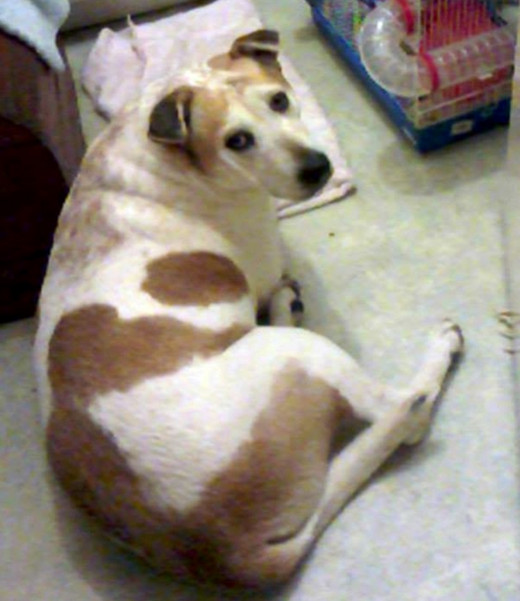
Injury required an operation under general anaesthetic
I hadn't known dogs could suffer from this injury.
However, I knew it was relatively serious in humans. following my days as secretary of an amateur football team, as a couple of our players had ruptured their cruciate ligament, which required knee surgery and meant they would not be playing again for a long time.
But it was news to me that dogs could suffer the same affliction and I was very upset.
The vet explained a dog's cruciate ligament was the band of fibrous tissue that connected two bones, or cartilage, at the joint. He said it was the most common cause of rear-leg lameness in dogs and a major cause of degenerative joint disease. The rupture may be partial or total and this was what he needed to ascertain from an X-ray.
Either way, an operation under general anaesthetic would be required.
X-ray revealed Squeaker's was the most serious injury
Two days later, I took Squeaker back to the vet's for her X-ray. I was even nervous about this, as she needed a sedative so she would lie still for the procedure. I always worry about any of my animals having an anaesthetic.
I know it's standard procedure to be asked to sign the waiver forms which say there is a risk that an anaesthetic can be fatal. But even so, it is a horrible feeling - like I am subjecting my animal to a risk.
Following a morning at the vet's, Squeaker was coming round from her drowsiness and I received a call to say I could collect her. Unfortunately, it was indeed the worst case scenario - she had totally ruptured her cruciate ligament.
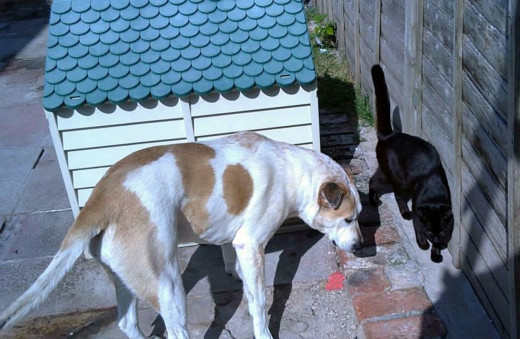
No alternative to surgery
I had a long discussion with the vet and asked if there was any alternative to surgery, but he said not. He said if the injury was treated only with painkillers (as he had done over the weekend while awaiting Squeaker's X-ray) this would merely mask the pain and it would never heal.
He also pointed out that there was far too much strain on Squeaker's "good" leg - her right hind leg - while she was not putting weight on her injured leg. This meant she could suffer a similar injury to her right leg which would leave her completely unable to walk.
So the surgery was booked for the end of the week and in the meantime, I must continue to give her painkillers and try to make her rest the leg. This was difficult in itself, as she had got used to running around on three legs - even going up and down stairs - and it was hard to try and make her remain inactive. But she was at risk of injuring herself further if she ran around too much.
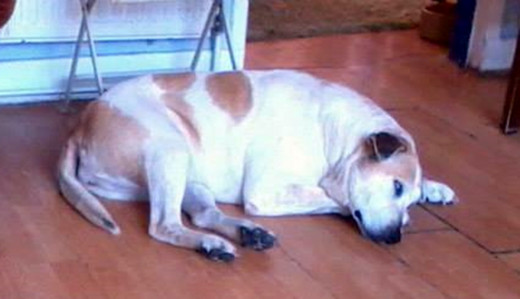
The day of the surgery arrived
I have to say in the few days leading up to Squeaker's operation, I was a nervous wreck. I couldn't help having many miserable thoughts that she may not survive the anaesthetic and this could be the final week I would ever spend with her.
The night before the operation, she could not eat after 6pm, which was painful in itself since she loved her supper (a snack before bedtime) and she obviously wondered what was going on.
I dropped her off at the vet's at 8.30am and she trotted off with the veterinary nurse quite happily, while I shed a little tear to myself in the car afterwards.
Feeling stressed all morning, I received a call at around midday to say the surgery had gone well and that Squeaker was recovering and coming round from the anaesthetic. Thank God she was okay!
I collected her from the surgery at about 5pm and it was quite a shock to see her. All the hair from her injured leg had been shaved and there was a huge scar and a row of stitches about nine inches long.
The vet said she must have complete rest and must be kept as quiet as possible - no walks for at least two weeks either! Only time would tell if the operation had been a complete success.
But she seemed okay in herself - albeit a little drowsy and disorientated - and I took her home in great relief. When we arrived home, she had a drink of water and a little chicken and then flopped down on the floor to sleep.
The vet had given me a large plastic collar which he said Squeaker must wear if she started licking at the wound. But she was too tired to do anything, so I just covered her in a blanket and she didn't move until the following morning.
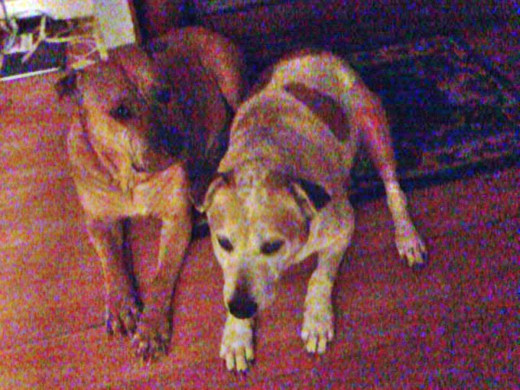
The recovery went surprisingly well
The next few days were crucial to Squeaker's long-term recovery. A steel pin had been inserted in the damaged joint, but the vet said it was still fragile and she shouldn't put any weight on it at all. Over the next few weeks, the ligaments and bones should start to knit around the pin and the leg would gradually become stronger.
But the vet warned that it would most likely always be weaker than her other leg and might be prone to arthritis as she got older. However, he said there were various medications available for stiff joints and we would cross that bridge when we came to it.
My other dog, Millie, seemed to realise something was wrong and spent much time lying next to Squeaker, licking her face, as if encouraging her. It was very sweet to watch.
Squeaker learned how to remove her protective collar very quickly!
Squeaker showed no interest in the wound at first and there was no need to make her wear the cumbersome plastic collar. However, one day, I caught her licking the stitches, so reluctantly, I tied the collar round her neck.
She absolutely hated it! She kept walking into doors, cupboards, other furniture and the other dogs and when she tried to go upstairs, the collar was catching on the steps and she was getting very agitated. I worried she would do herself further injury wearing the collar, but the vet had told me I must persevere with it, because if she licked the wound, there was a chance it would become infected and not heal properly.
However, Squeaker made her own choice about the collar - she learned almost straight away how to undo it and take it off and any attempts to make her wear it after this proved futile! Once she knew it could be removed, she did this every time I tried to make her wear it! So eventually, I had to trust her not to lick the wound and she didn't let me down.
I noticed a marked improvement in her condition after only one week, when she was putting a little weight on her leg again and moving more freely. She was on antibiotics for one week and painkillers in the longer term, but she seemed to be getting back to normal very quickly.
Vet said Squeaker's recovery was "amazing"
After two weeks, I took Squeaker back to the vet's for her check-up and he was stunned at how quickly she was recovering.
She was walking almost normally on the leg now and it was hard to believe she'd had a major surgery such a short time ago.
In fact, the vet admitted to being "amazed" at her recovery and said the operation had gone much better than he could have hoped. The wound was also healing well with no sign of infection and one week later, he was able to take the stitches out.
Soon, Squeaker's fur started to grow back over the scar and it wasn't even visible. Within about six weeks, although still on painkillers, she was walking normally again and we were able to resume the long walks that she adored.

Squeaker enjoying life & rather oddly enjoying being vacuumed!
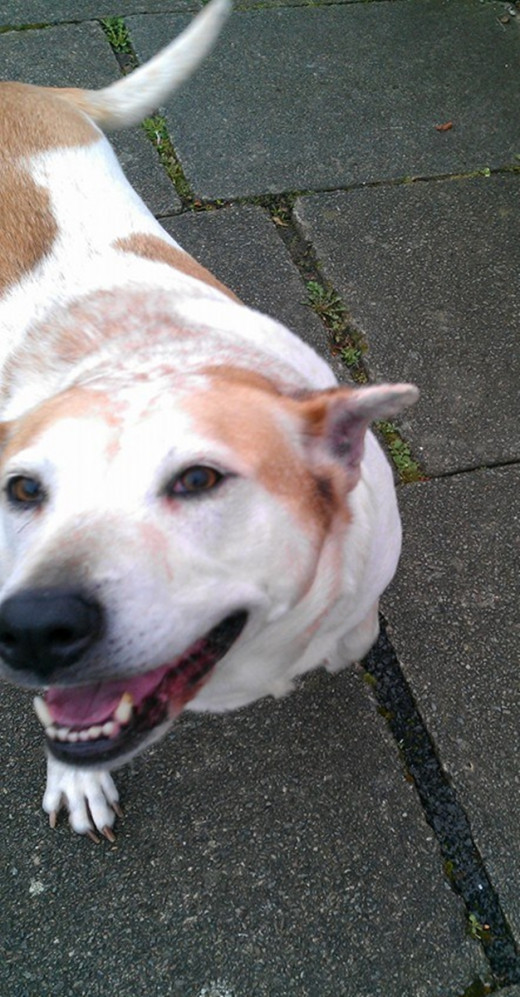
Squeaker runs round like a pup again
The vet said that as time passed, if the leg remained okay, there was a chance the operation would have been 100 per cent successful. Apparently, some dogs who have had cruciate ligament surgery start limping again a few weeks later, which means they have suffered either a partial or a full rupture again.
Then the vet must make a difficult decision either to operate again, or to give the dog painkillers and medication to help their joints if it is not feasible to carry out another surgical procedure.
I am hoping Squeaker is one of the lucky ones and that she will not have any more problems with the leg. We take each day as it comes and enjoy walks and playtime, as we did before her injury.
To anyone facing a similar surgery with their dog, from my personal experience, I would say it gave Squeaker a new lease of life and saved her from possibly being unable to walk in later life. The benefits are apparent now as she runs around the house and on walks like a young pup again. So thank God for my wonderful vet, who has saved my little girl's quality of life.
Squeaker playing
Footnote
Two years after I wrote this Hub - and several years since Squeaker's cruciate ligament operation - she has remained active and enjoying life.
The vet told me that over time, her own bones would knit into the steel pins in her leg, making it stronger. He told me the longer the leg remained stable, the better the chance was of the operation being a lifelong success. She is now 10 years old and I'm hopeful her leg will remain okay.
If anyone's dog is facing a similar surgery and you're unsure whether to go ahead, because it's a major operation, based on my personal experience, I would say allow your dog to have the surgery.
Squeaker's quality of life was so much improved by it and she was saved from a life on painkillers.
